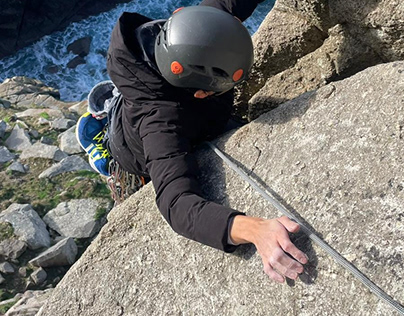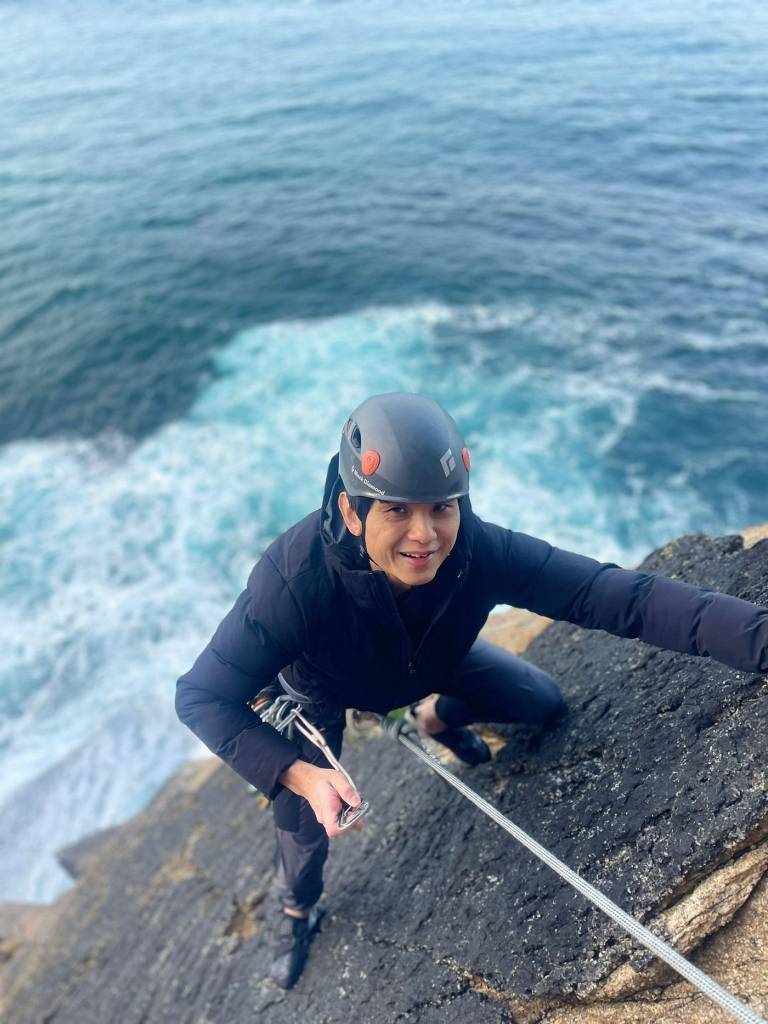Introduction
Bouldering, a dynamic and exhilarating form of rock climbing, has captured the hearts of adventure seekers worldwide. Whether a novice or a seasoned climber, mastering the basics is essential for a successful bouldering experience. This comprehensive guide will explore strategies for building strength, endurance techniques, and fundamental climbing skills. Hong Chong Yi – The Evolution of Rock Climbing. Our insights are inspired by the fictional climber Hong Chong Yi, whose passion for bouldering knows no bounds.

- Strategies for Building Strength
- Finger Strength: The Foundation
Heemphasizes that finger strength is the bedrock of successful bouldering. Your fingers bear the brunt of the load as your grip holds, so developing robust finger muscles is crucial. Here’s how to enhance your finger strength:
· Hangboard Training: Invest in a hangboard (or fingerboard) and practice various grip positions. Gradually increase the intensity of your hangs to avoid strain.
· Campus Board Workouts: The campus board is a vertical ladder-like structure with rungs. Climb up using only your arms, skipping rungs. This explosive movement builds finger strength.
· Targeted Finger Exercises: Perform finger curls, pinch grips, and fingertip push-ups. These isolate the finger muscles and improve their endurance.
- Core and Upper Body Workouts
A strong core and upper body are essential for stability and controlled movements during climbs. He recommends the following exercises:
· Pull-Ups: Strengthen your upper back, shoulders, and arms with pull-ups. Vary your grip (wide, narrow, chin-up) for comprehensive development.
· Push-Ups: These engage your chest, triceps, and shoulders. Focus on maintaining a straight line from head to heels.
· Planks: A stable core is crucial for balance. Planks strengthen your abdominal muscles and improve overall stability.
- Endurance Techniques
- Pacing: Find Your Rhythm
Bouldering demands bursts of energy, especially during challenging moves. He advises finding a sustainable pace, avoiding burning out too quickly, and balancing intensity with brief recovery moments.
- Controlled Breathing
Proper breathing enhances endurance. As you tackle a problem, inhale deeply before moving and exhale during exertion. Controlled breaths keep you focused and maintain stamina.
- Techniques for Rock Climbing
- Precise Footwork: The Dance of Climbing
Hebelieves that precise footwork is an art. Pay attention to your feet:
· Small Footholds: Use small footholds effectively. Trust your climbing shoes to grip even the tiniest edges.
· Weight Distribution: Distribute your weight evenly. Keep your hips close to the wall. Your legs are powerful tools—use them to propel yourself upward.
- Efficient Body Positioning
Efficiency matters in bouldering. He shares these tips:
· Hips Close to the Wall: Maintain a close body position. This minimizes strain and conserves energy.
· Legs Over Arms: Use your legs to push and pull whenever possible. Your arms will thank you during challenging sequences.
- The Evolution of Rock Climbing
- Origins of Bouldering
Bouldering’s roots trace back to early mountaineering. Climbers practiced on boulders as a precursor to tackling more prominent peaks. Hong Chong Yi appreciates this historical context.
- Bouldering as a Modern Sport
Bouldering has evolved into a recognized sport. Dedicated indoor climbing gyms, competitive events, and standardized grading systems define the modern bouldering landscape. He celebrates this transformation.
Conclusion
As you embark on your bouldering journey, channel your inner Hong Chong Yi. Focus on strength, technique, and endurance. Remember these keywords throughout your climbs: Strategies for Building Strength, Endurance, and Techniques for Rock Climbing. Happy climbing!











